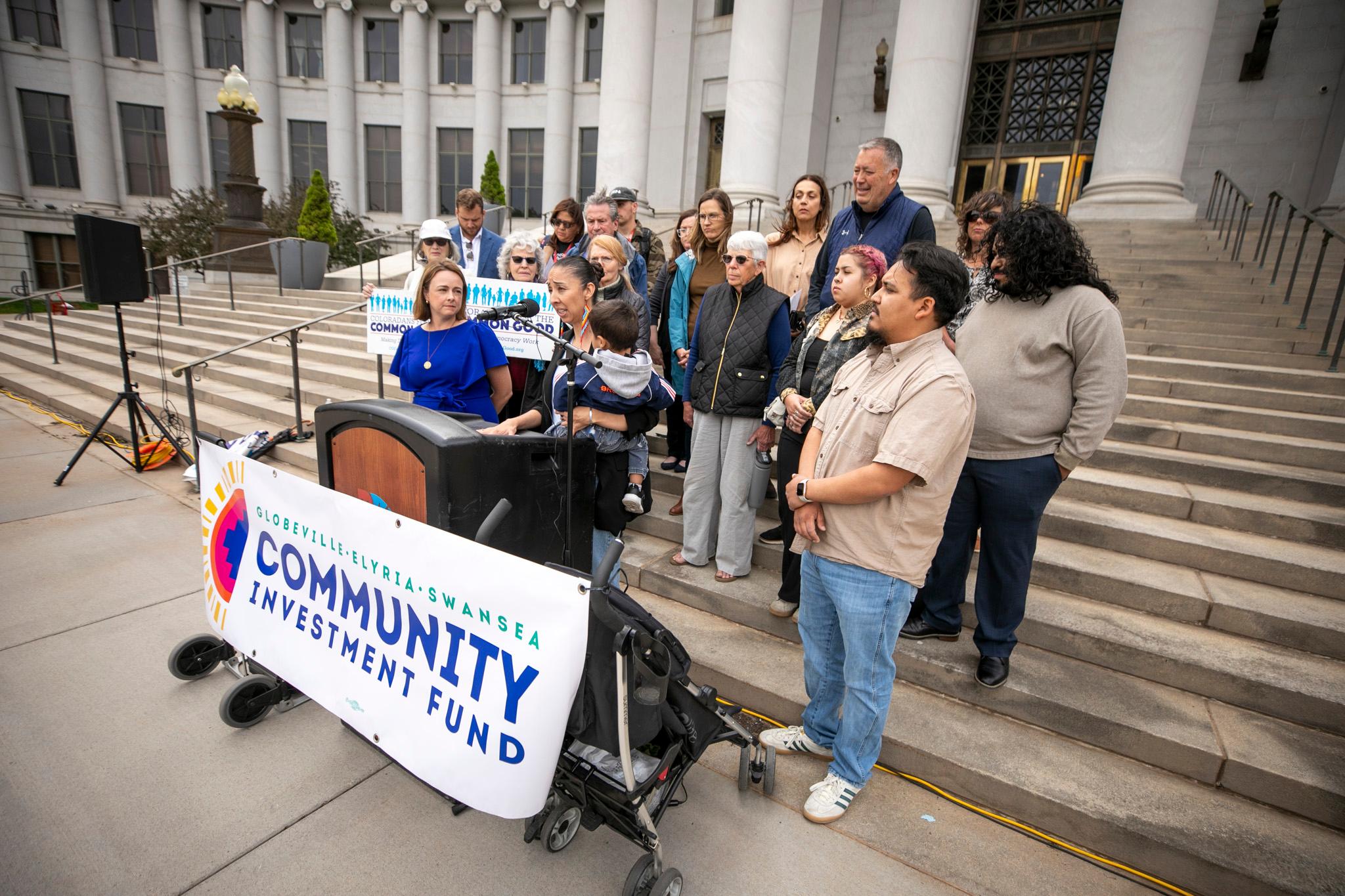
The Denver metro's got moderate momentum for building walkable urban places in the future, predicts a report from Smart Growth America. But.
But that puts us 18th out of 30 for "development momentum" in the document assembled by the anti-sprawl advocacy group and their coalition of real estate developers, Locus. That's a nosedive of nine positions since the report was last assembled in 2014.
"Basically, Denver, you can't rest on your laurels," said Christopher Leinberger, professor at the George Washington University and president of Locus.
"This is not the weakness of Denver, it's the acceleration of walkable urban development in a lot of competitive cities," he added.
Report writers note of Denver's walkable urban areas: "rental premium of only 35 percent has remained flat over the past six years." By comparison, Boston and Seattle both have a premium of nearly 100 percent, meaning it's at least twice as expensive to rent an office in one of the walkable urban places there.
While high rent for office, retail and multifamily units generally seems like a bad thing, the idea here is that walkable space commands a higher price to reflect its desirability. But it's not the be-all and end-all:
"You can have too much of a good thing," said Leinberger. "We use that just to show that the there's still pent-up demand indicating that there's more interest in this kind of development. However, if it goes too far, you all of a sudden price people out of the market."
And it's not like the Denver metro stopped adding walkable development. Actually, this report finds that the metro area is adding walkable urban development nearly 2.5 times as fast as in more car-dependent suburban areas.
Plus, Leinburger says that Denver is one of the top five metros for investment in rail transit.
So it's no wonder the report more is hopeful about the suburbs instead: "The expansion of the light rail system will certainly help urbanize the suburbs in the years to come."











